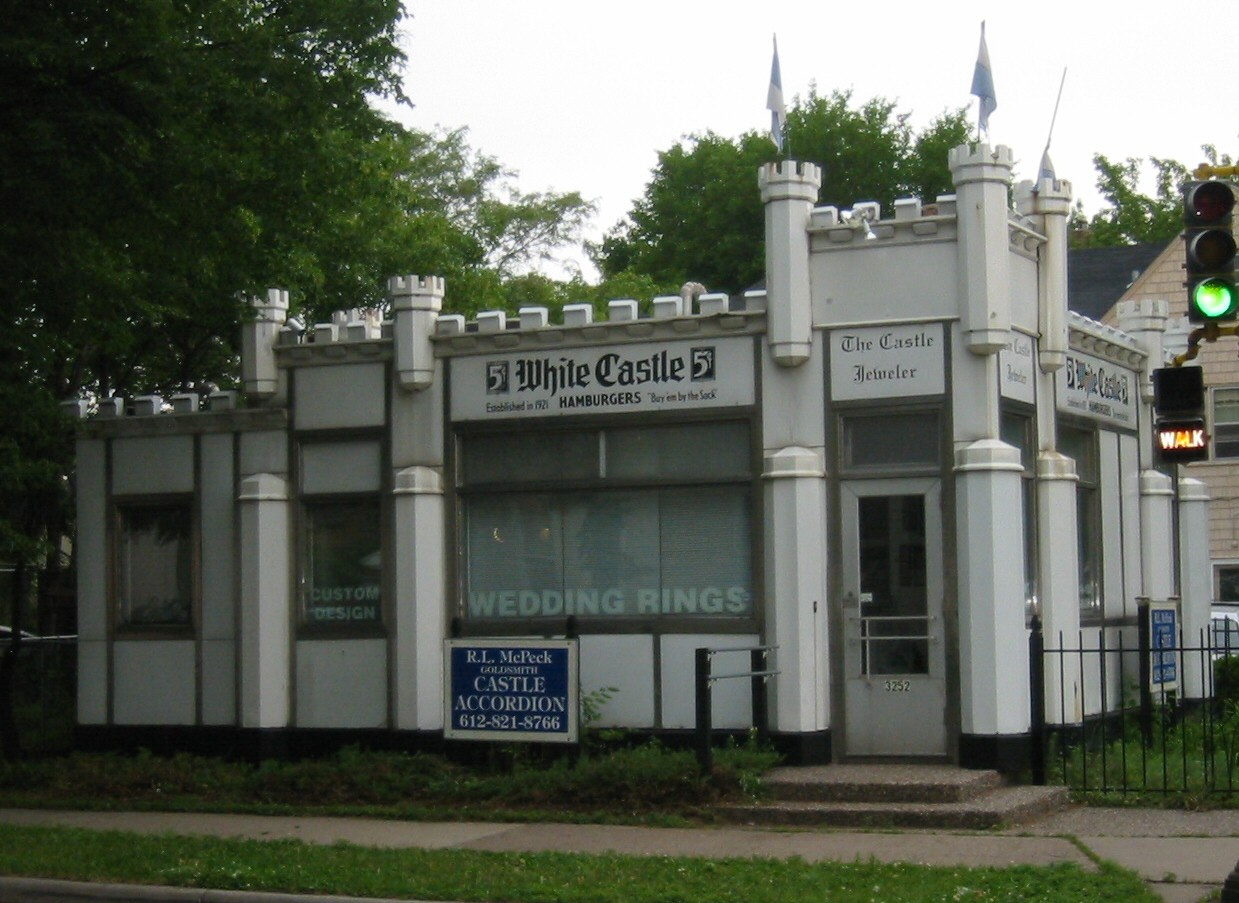 Well, what does St. Louis have for anyone to even stop by and see? Well, Crown Candy was featured on an episode of Man vs. Food for its challenge of taking down 5 large milk shakes.
Well, what does St. Louis have for anyone to even stop by and see? Well, Crown Candy was featured on an episode of Man vs. Food for its challenge of taking down 5 large milk shakes.http://www.travelchannel.com/TV_Shows/Man_V_Food/Photos/Slideshow_St_Louis?slidevalue=1
But is that all? With all of the travel shows and cooking shows, St. Louis seems to go by unnoticed. This is odd because St. Louis, was settled in 1703 and founded in 1764. It is rated at about the 15th largest city in the nation and for some reason always comes up bottom when it comes to press and people knowing about it.
This makes me wonder what people think is located or happening in St. Louis. I know we have Anheuser-Busch, which still is classified as the world's largest brewery, as well as Brown Shoes, Energizer, Purina and even Macy's-Midwest. We used to have a huge Chrysler plant just outside of the city and TWA was also here.
The picture above denotes exactly what I and many other St. Louisans feel. Anthony Bourdain, chef, writer and TV personality was here in St. Louis 2 months ago to promote and sign his new book. From what we learned by asking him, during the Q&A part of his show, was that he doesn't view St. Louis as nothing more than an airport hub. When asked if he was coming to St. Louis, he told us all that he is doing a show based in Missouri, but covering Ozark cuisine, which most St. Louisans find appalling. St. Louis culture and people are completely different from Ma and Pa Kettle. What is sad is that I had even contacted a staff person for his company and was assured that when Mr. Bourdain does come to St. Louis, I would be allowed to take him locations. This was the highlight of my day or even the year, but as the reality starts to set in, I discover that this holds me over about as much as a single White Castle would, on one of my hungry days. All and all though, the whole thing reminds me of a young kid who is such a fan of a superhero and when he gets to go to a convention and meet his hero, he stands face to face with a pot-bellied, drunk, clown in a cheap costumed getup. Mr. Bourdain was a hero of mine as a chef and writer and while I like the way he talks and writes and while I was a fan of his show, after he basically said that St. Louis is good but not good enough to do a show on and show the world, I lost faith in him.
What makes St. Louis bad, I wonder? I know as a food and restaurant critic that St. Louis has a few minor flaws involving restaurants, but that can't be the only reason, can it? I know that there are great restaurants like The Stable or Mosaic, but do those places outshine the bad places like Mayan Cafe' or Riefschneiders Grill and Grape? Celebrity chefs come to St. Louis to open their restaurants but don't seem to care about the quality that they produce, as my wife and I experienced when we ate at Sleek, Chef Hubert Keller's restaurant. Maybe they are right in that people only hear about those bad places and not the good places. If that is the case, then I am sorry about that as my regular full time job does not allow me to go out each night and eat at a different location. In some cases, when I go somewhere for food, I actually bring my whole family and the location may not be child-friendly. Also, in some cases, if we get in and wait for more than 20 minutes before someone even talks to us, we skip it. So, there may have been a diamond under the rough, but we never found out because no one even noticed us.
Hopefully through this new year in less than 2 weeks, I will be able to check out more restaurants for you, get more interviews with some of the St. Louis chefs and try to find more things to place this city on the map. Whichever the case, I hope everyone has a good Christmas season.



